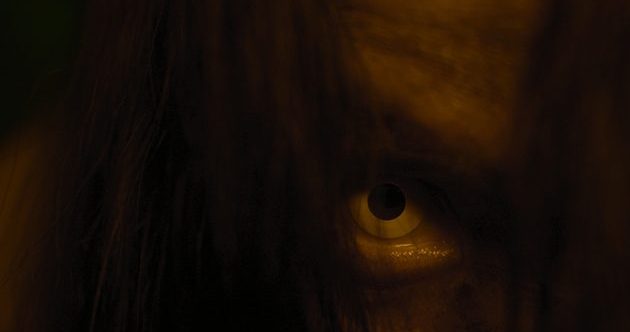Now Reading: 10 Unique Horror Movie Subgenres You Didn’t Know Existed
-
01
10 Unique Horror Movie Subgenres You Didn’t Know Existed
10 Unique Horror Movie Subgenres You Didn’t Know Existed

Rapid Summary
- Horror films have evolved into niche subgenres, mixing unconventional elements while maintaining their scare factor.
- New Weird Horror: Combines chaotic themes with horror. Examples include Resolution (2012) and Antibirth (2016).
- Folk Horror: Focuses on rural settings and ancient traditions, exemplified by Hagazussa (2017) and November (2017).
- Eco-Horror: Explores nature taking revenge for human negligence; notable examples are In the Earth (2021) and The Beach House (2019).
- Giallo: Italian cinematic subgenre blending thriller, horror, and unique visuals. Gems include The Strange Vice of Mrs. Wardh (1971).
- Backwoods Horror: City folks lost in isolation or hostile rural environments; lesser-known picks like The Interior (2015).
- Phobia Horror: Films designed to exploit specific fears, including the likes of claustrophobia (Crawl, 2019) or agoraphobia (The collapsed, 2011).
- cannibal Horror: tackles taboo topics such as cannibalism with psychological depth; leading examples are Ravenous (1999) and modern titles like Green Inferno.
- J-Horror & K-Horror: East Asian approaches blend tradition with supernatural themes. Top films include South Korea’s acclaimed thriller, The Wailing.
- Cosmic horror: Inspired by H.P. Lovecraft’s existential alien terror-films like The Endless deal with incomprehensible phenomena beyond human understanding.
- Extreme Cinema: Graphic violence used for philosophical exploration (Martyrs, 2008), often running into censorship debates but appreciated for unfiltered storytelling.
Indian Opinion Analysis
India is no stranger to experimenting within film genres,but horror as a medium remains an underexplored area compared to other global movie markets like Hollywood or Korean cinema. The rise of niche cinematic movements such as “eco-horror” or “cosmic horror” presents untapped opportunities for Indian filmmakers who might integrate local folklore into these frameworks-for instance blending India’s diverse mythological stories or environmental concerns in line with folk-horror aesthetics.
Additionally, regional filmmakers could explore societal taboos akin to cannibalistic thrillers within socio-cultural constraints without crossing ethical boundaries that could alienate audiences-a balance already achieved by movies rooted in Indian supernatural traditions such as (Tumbbad) gaining domestic/global acclaim .
While replicating European works isn’t suggested originality combined-brainstorming platforms enhance story core universality certain lessons thematic layered experimentalism obvious perfect potential compelling narrative structures evolving creator works !ending existing template-driven formula crushing nuance
!

























